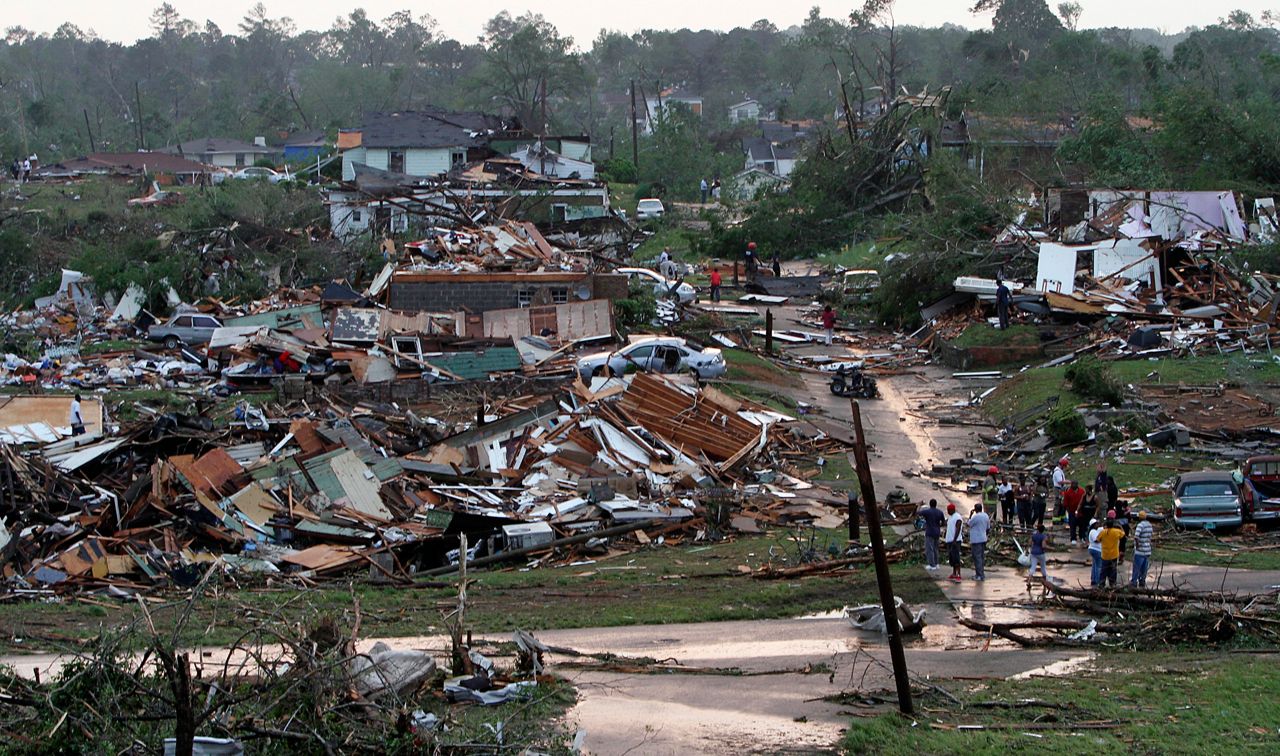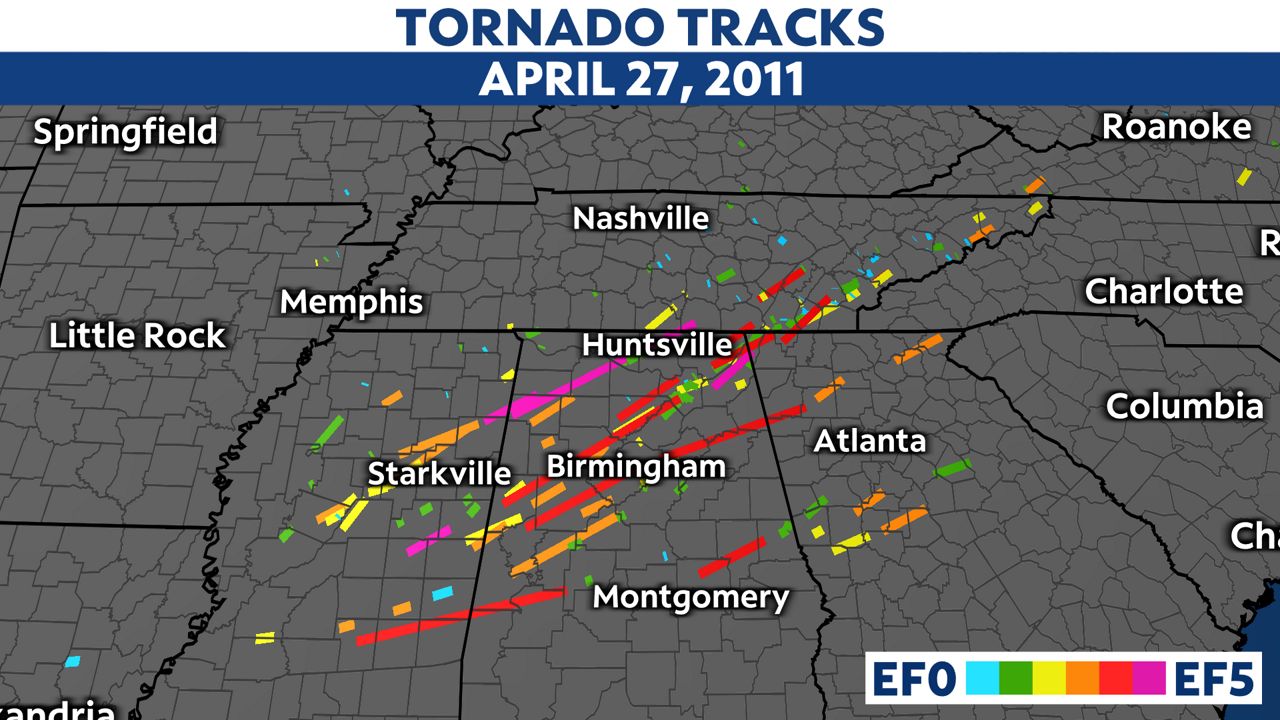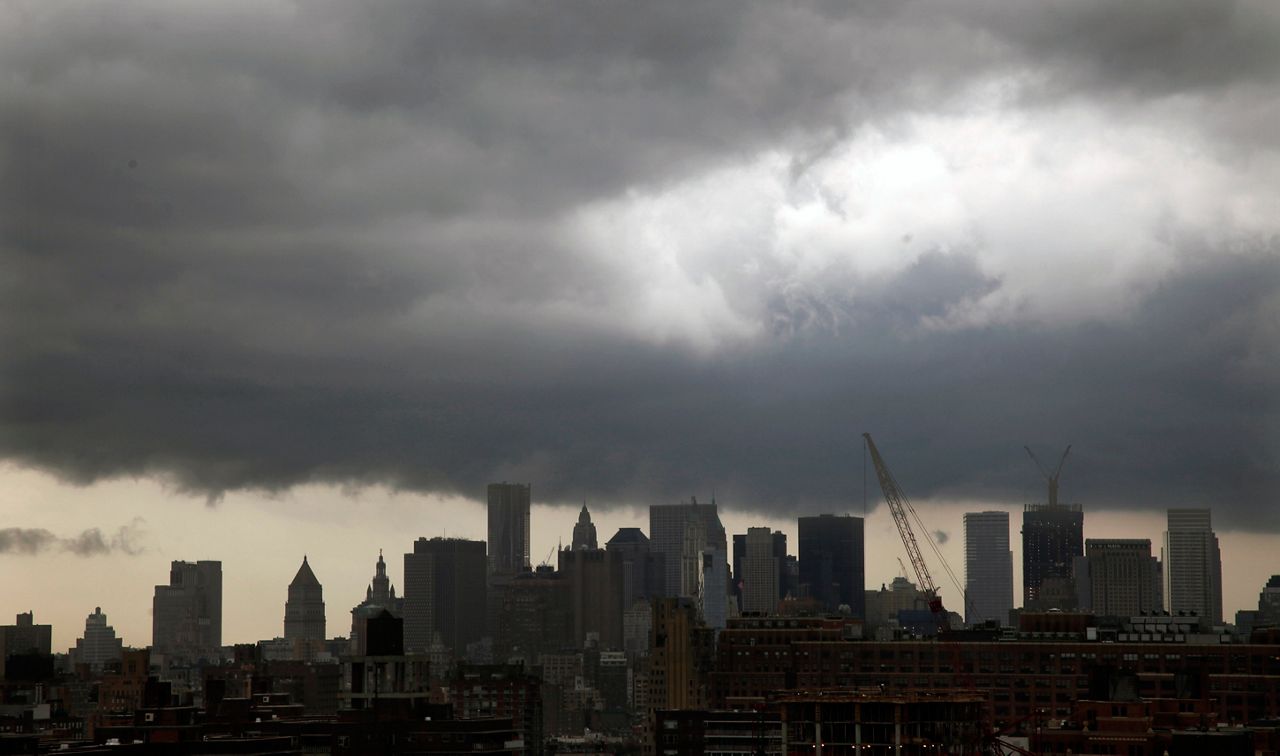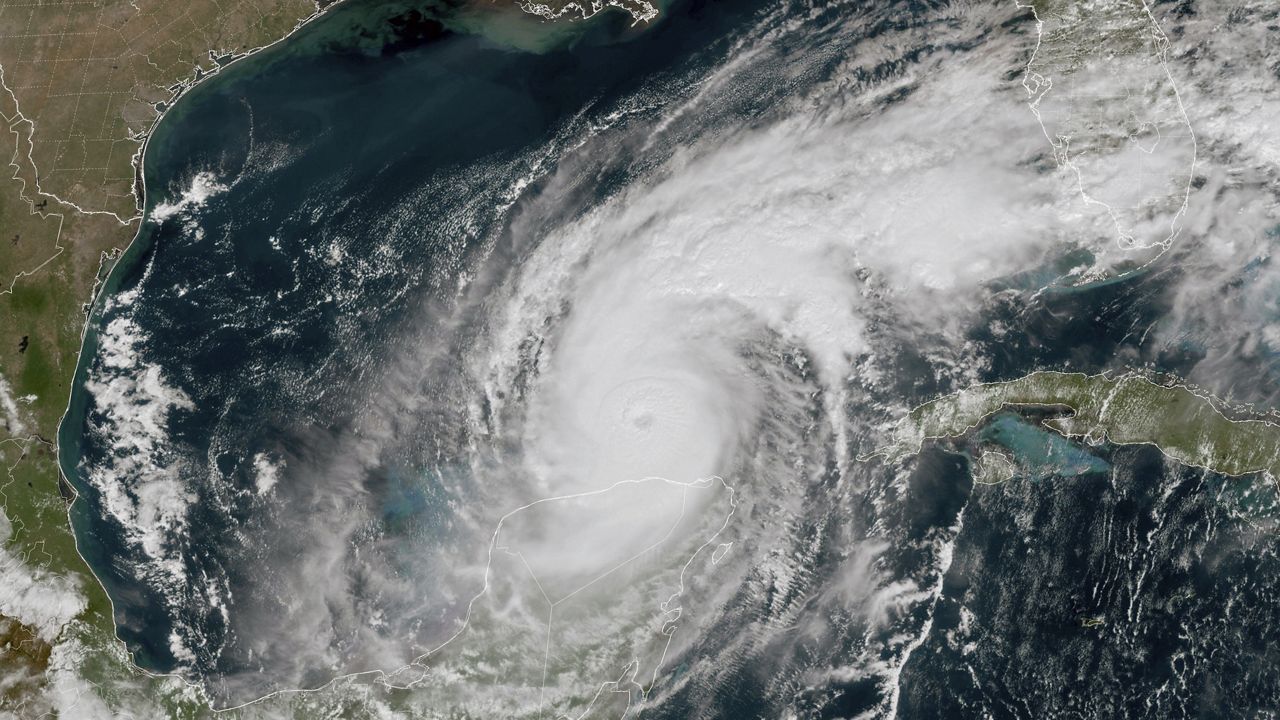There are dates firmly etched into Americans' collective memories.
In the Southeast, one of those unforgettable dates is April 27. On April 27, 2011, a generational outbreak unleashed hundreds of tornadoes across the Southeast, leading to the deadliest American tornado outbreak in nearly 100 years.
Ten years later, there's still a lot we can learn from the largest U.S. tornado outbreak on record.
On average, less than one EF-5 tornado touches down in the U.S. each year. On April 27, 2011, four EF-5 tornadoes tore through Mississippi, Alabama and Tennessee, killing hundreds and forever scarring the region.

A strong area of low pressure, exceptionally strong jet stream winds and warm and humid conditions at the surface combined to produce this deadly and historic outbreak.
Over the four to five days leading up to April 27, multiple days of dire forecasts called for the potential for long-track and violent tornadoes across the Southeast, and specifically in Alabama and Mississippi.
"Major tornado outbreak expected," wrote the Storm Prediction Center (SPC) on the morning of the event. "This system is very organized and confidence is high regarding the potential for a major tornado outbreak."
Unfortunately, the harshly worded forecasts proved accurate.
Early in the morning on April 27, a squall line of storms moved through Mississippi and Alabama, producing several quick and fast-moving tornadoes.
By midday, the main event began. Around noon local time, a large EF-5 tornado developed in east-central Mississippi, killing three people before it eventually tracked into northwestern Alabama.
The bulk of the deadly tornadoes on April 27 took place in Alabama, starting early that afternoon. A large EF-5 tornado killed 72 people as it moved through northwest Alabama and far southern Tennessee.
A 1.5-mile wide EF-4 twister killed 60 people as it moved through Tuscaloosa, Ala. and eventually tracked into Birmingham, Ala.'s northern suburbs. Two other EF-5 tornadoes in Alabama and Mississippi took a combined 48 lives.

A record-setting 216 tornadoes (most of which took place in Alabama, Tennessee and Mississippi) touched down that day, leading to 316 fatalities. A total of 238 people lost their lives in Alabama alone.
Of those 216 tornadoes, 37 were of EF-3 or greater strength, including the four EF-5s.

While April 27 was by far the most active and deadly day, it was just one part of a multi-day outbreak that spanned much of the central and eastern U.S.
Twenty-one different states and even southern Canada saw tornadoes from the April 25-28 Super Outbreak. Fatalities spanned across six different states, with five deaths taking place outside of April 27 (316 of the 321 tornado deaths from the outbreak took place on April 27).
A few weaker tornadoes touched down in New York, Texas, Kentucky, Ohio and North Carolina in addition to the primary outbreak across the Southeast. Tornado Warnings went up in the Hudson Valley near New York City as a line of powerful storms moved through the East Coast on April 28, 2011.

Ten years later though, and April 27 remains benchmark day for a generational tornado outbreak. In parts of Alabama and Mississippi, the scars from those tornadoes remain to this day.

Ten years later, and the lessons from April 27, 2011 continue. In particular, communication methods for severe weather are drastically different thanks in large part to key takeaways from that fateful day.
Additionally, technology related to severe weather has also significantly improved since 2011, potentially helping save lives and property in the event another April 27, 2011-like tornado outbreak strikes again.








